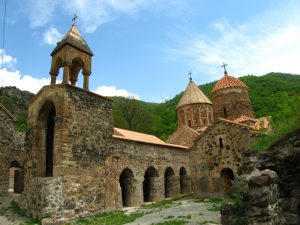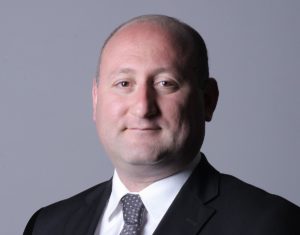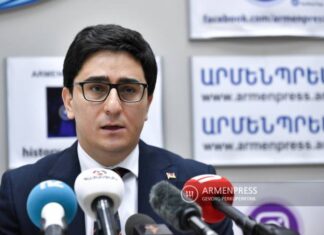BAKU (Azernews, Turan, multiple sources) – According to a report from the Azerbaijani Trend News Agency, a new priest has been sent to Dadivank Monastery, which Azerbaijanis are calling Khudavang or Khudavend, and he visited there on December 4. For the time being, Dadivank is under the protection of Russian peacekeeping troops.
The priest, Rafig Danakari, declared that there are 400 churches in Azerbaijan which will be “visited” along with over 300 in the Karabakh region. He called these churches, which are Armenian, Albanian, referring to the Caucasian Albanian people.
Danakari said in a related report, “Our trip to the monastery was timed to coincide with the great Christian holiday, which was celebrated on the 4th of December. Despite all the obstacles, we prayed and lit candles, and also took pictures.” A video of the trip is posted here.
He claimed that Armenians destroyed all historical and religious items in Dadivank after occupying Kalbajar district in 1993, yet said they also took historical books, icons and other ecclesiastical items there to Echmiadzin in Armenia.
Danakari and the visitors allegedly wanted to film themselves praying in the monastery, and when they were told they could pray but not film, they held a service outside, according to a post by Cavid Aga, an Azerbaijani journalist living in Turkey.
Azerbaijan presses on to claim Dadivank/Khutavank. Today Udi community travelled to Kalbajar to pray and have a liturgy ceremony in the monastery. Armenian clergy told them they will be only permitted in without cameras. Therefore they prayed outside of the building itself. pic.twitter.com/XCUIomaV8d
— Cavid #RussiaIsNotAlly (@cavidaga) December 4, 2020










